A dental implant is a biocompatible (titanium) structure embeded in the jawbone which is used to support false teeth, such as denture, bridge or crown.
To provide support to the false teeth without grinding down the remaining teeth in the mouth.
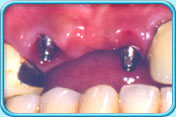
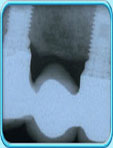
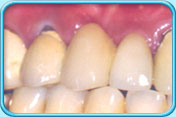
Owing to the biocompatibility of titanium implants, the bone becomes united with the implants and the implants can serve as the roots to retain and support false teeth.
Titanium.
First of all, a detailed oral examination is performed including X-ray examination, and CT (Computerised Tomography) scan to determine the position and angulations to place the titanium implants.
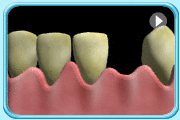
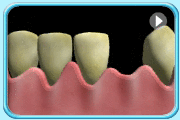
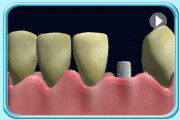
Besides the conventional procedures mentioned above, there are some new methods of implant placement which shorten the total time required for treatment and may achieve a better appearance for the false tooth. However, the success rate for the new methods may not be as high as that for the conventional method, and not all cases are suitable. These are the three common new methods :
The choice of implant system and procedure is dependent on the condition of the jaw bone and the patient factors, the training of the dentist, cost, etc. Please discuss with your dentist to make the appropriate choice.